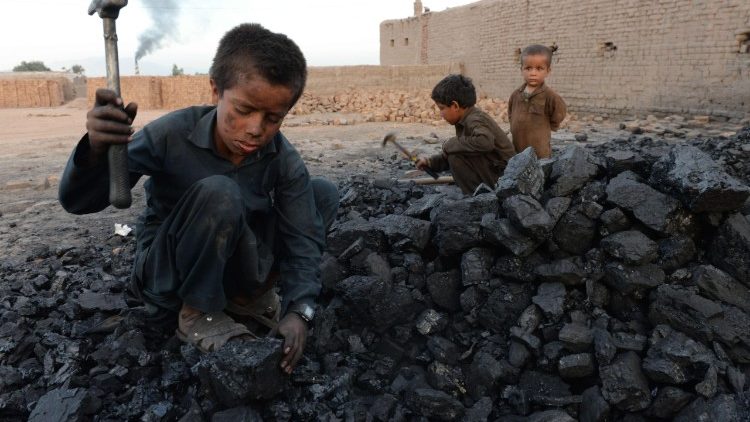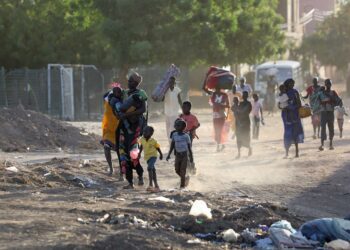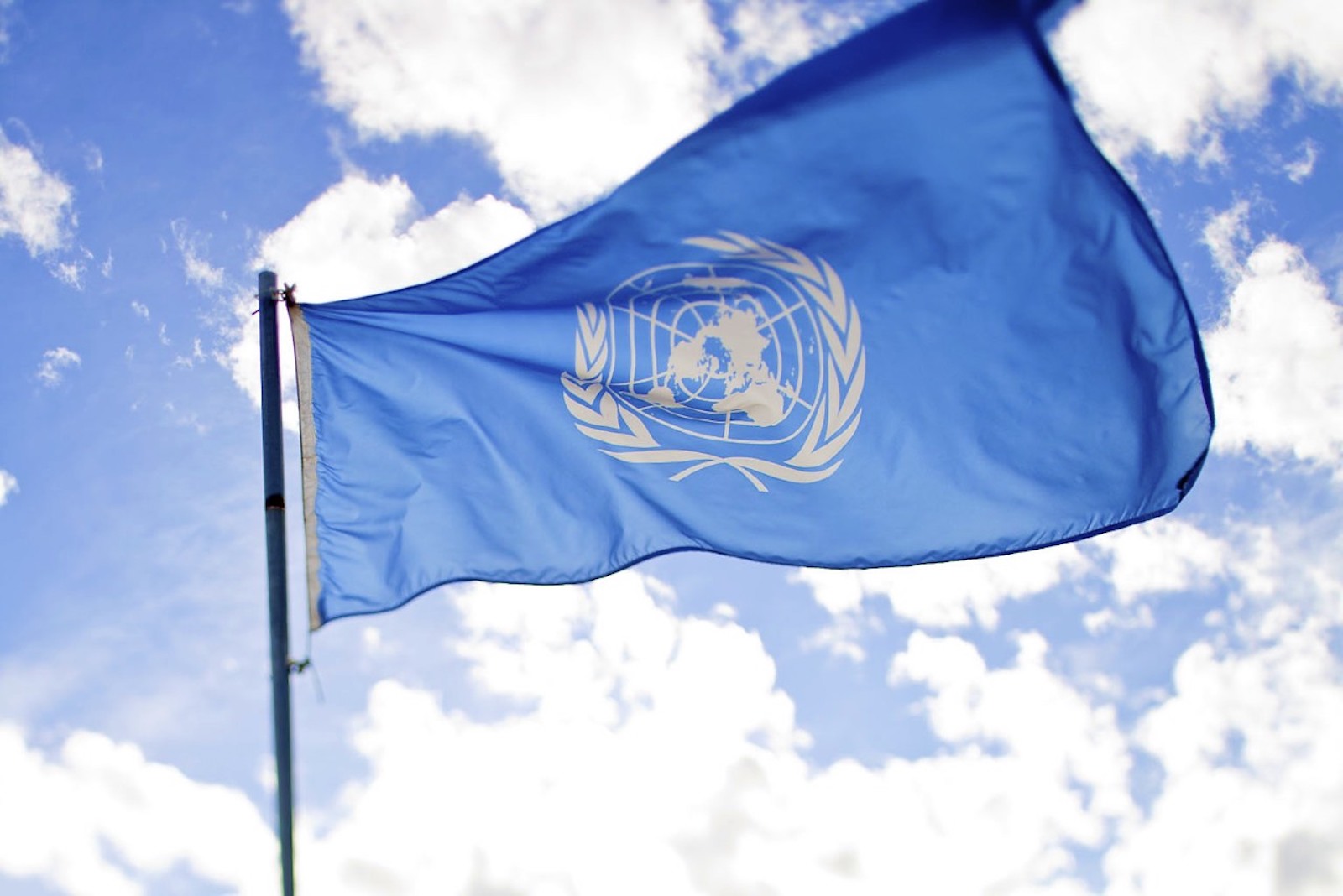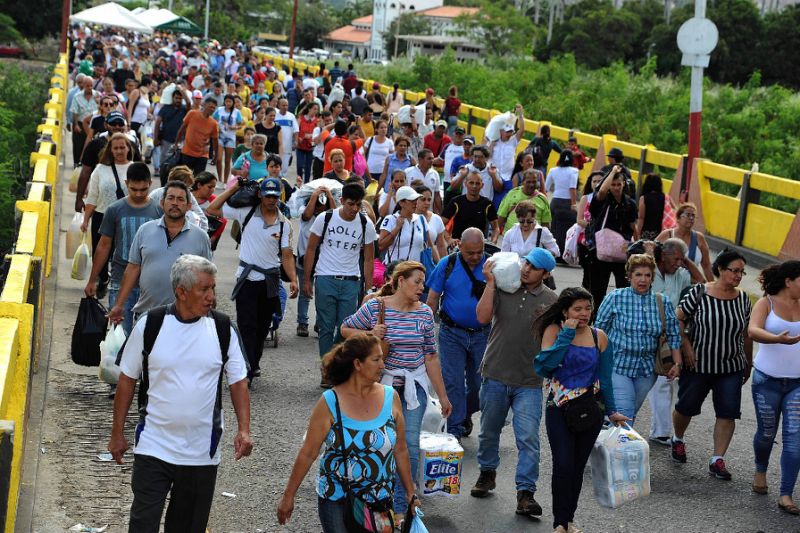When thinking of child labor, people typically think of the brutality of underage children being forced to work instead of being in school. While that is absolutely true, many don’t realize that child labor can extend to children above working age, 15-17 year-olds, who work in hazardous conditions.
According to the International Labour Organization (ILO), despite the fact that 15-17-year-old children are above the legal working age, they can be classified as working in child labor because of the conditions in which they work.
These teenagers make up 51.2 percent of all children in hazardous work and account for 42 percent of all employed 15-17 year-olds.
According to Benjamin Smith, Child Labor Specialist at the ILO, hazardous work is any “work that puts children’s health, safety or morals in jeopardy.”
Hazardous conditions can include working at night or at an elevation – places such as construction sites, for example – working underwater, or working long hours, Smith told The Globe Post. Often it is simply the inherently hazardous nature of the work, such as mining, which no child should be doing.
For the ILO, the main objective for this age group, is not to them from stop working altogether, but to improve the conditions in which they work.
While nine out of 10 children in child labor are found in Africa and Asia and the Pacific, children in hazardous work are most prevalent in Africa and Europe and Central Asia.
In Africa, 8.6 percent of all children between the ages of 5 and 17 were engaged in hazardous work in 2016, the highest rate of any region. Europe and Central Asia had the second-highest rate at 4 percent.
Not an Isolated Issue
A recent report released by the ILO, the Organization for Economic Cooperation and Development, the International Organization for Migration, and UNICEF provides an update on a previous 2016 report with the initiative to eradicate child labor by 2025.
The report outlines three partakers who have the power to influence the use of child labor, forced labor and human trafficking in global supply chains: businesses, governments, and a social dialogue concerning this issue.
The report states that child labor is not an issue that exists on its own, in isolation of other labor-related issues, and can’t be treated as such.
By implementing a fully encompassing approach, governments can create and enforce legislation that protects the human rights of workers everywhere, at any level of supply chains, and cater to the needs of every worker.
Mainstreaming child labor laws into broader social policies will most effectively address the issue of child labor in the larger labor laws context, the organizations found.
Child Labor in Global Supply Chains
In order to understand the role of child labor in global supply chains, it is important to understand supply chains and how they operate.
A global supply chain is the hierarchical structure by which a business acquires its consumer goods and services. It is probably best described as a web of businesses hiring contractors, who hire suppliers, who hire workers, only a much less linear progression.
Suppliers are each responsible for different goods and, the larger the corporation, the harder it becomes to track the supply chain from the first-tier supplier to the shelf.
With international commerce and global supply chains, it is often easy for suppliers to go on a paperless track, especially in the lower stages of the supply chains, and employ underage and forced labor for their economic benefit.
This can be done in under-the-table deals and is enabled by loose labor regulation on the part of governments and businesses without a rigid tracking system of their suppliers and workers.
Like governments, businesses have power of influence over the use of child labor and forced labor in the supply chains with which they choose to operate. Many companies that are committed to sourcing responsibly understand that ensuring that their suppliers don’t use child labor goes beyond paper trail audits.
In an interview with The Globe Post, a Target spokesperson noted that, in addition to audits, they also provide training for their suppliers to be able to detect and act upon instances of child labor in their supply chains.
Heather Deeth, head of ethical buying at Lush Cosmetics North America, told The Globe Post they work with their buying team in “intensive training in engagement and identification of risk.”
“Our goal is to support long term economic development that lifts communities out of poverty and keeps children in school, not working,” Deeth said.
“If we can do that then we lessen the risk of families being forced into difficult situations that can often result in child labor.”
Child Labor Specialist for the ILO, Benjamin Smith, agrees.
“No parent wants to send their child into child labor,” he said.
In order to end child labor, it is necessary to address the root causes: poverty and lack of child services. Most child labor occurs in the family unit. Younger children are particularly involved in agricultural work while older children are in industry work.
Child labor in the family unit is not a choice that a family makes, rather it is the lack of choice due to extreme poverty and circumstances. For a child to stop working and practice their right to an education, their income in the family must be replaced, said Smith.
More on the Subject
‘Slavery’ on the Seas: Forced Labor Widespread in Global Fishing Industry






















